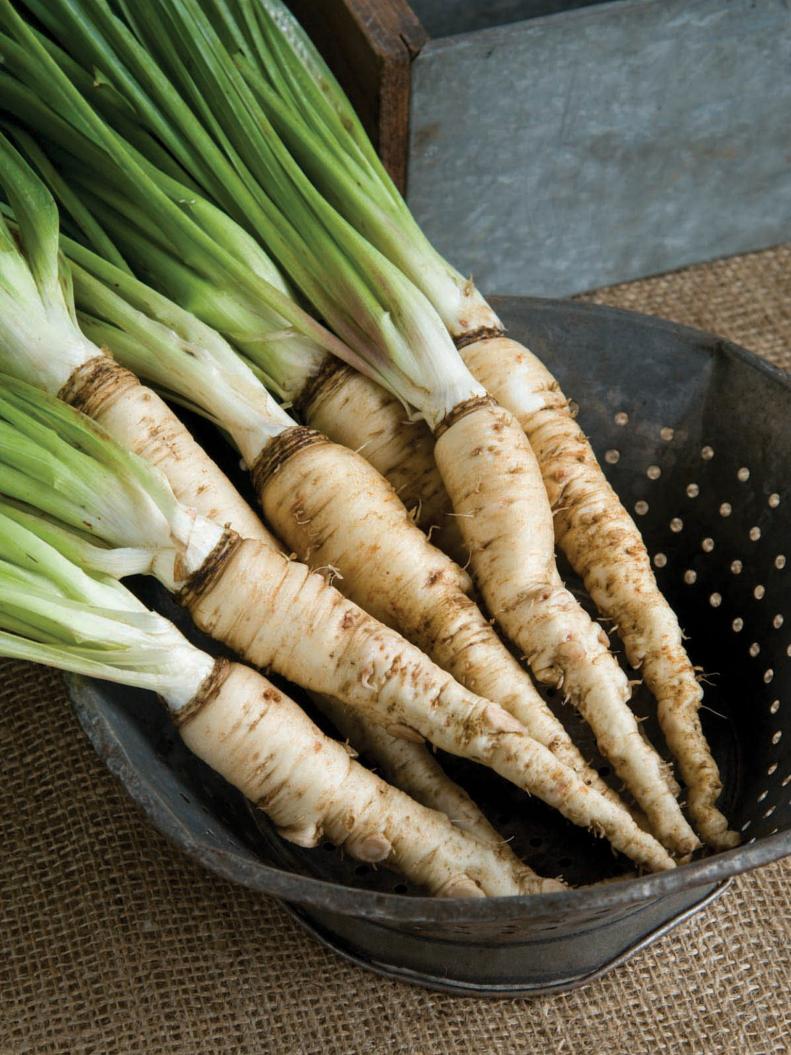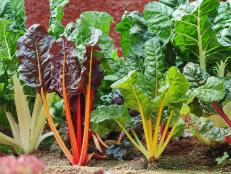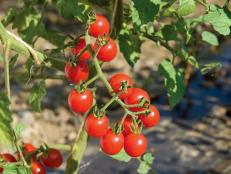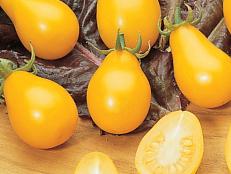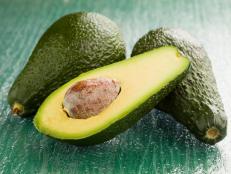1 / 14
Photo: www.Johnnyseeds.com
The Oyster Plant
Carrots, sweet potatoes and onions are some of the more common root vegetables cooks use every day but there are plenty of other less common but equally delicious varieties you can try such as salsify. Some people call it the oyster plant due to its oyster flavor. Sow the seeds in early spring when the soil temperature has reached 40 degrees and expect to harvest in 120-150 days. Add salsify to soups and stews or serve it mashed with a little butter and cream.






